The RFID Shift: 5 Lessons for Anyone Considering RFID
RFID isn’t new — but the way it’s being used today is transforming how businesses think about traceability, compliance, and efficiency.
If you’re curious about RFID but unsure whether it’s right for you, these 5 lessons from the field will give you a practical look at what it takes to get started, where the ROI comes from, and how RFID is quietly becoming the foundation of tomorrow’s supply chains.
1. Just Start Tagging: Lessons from Early Adopters
One of the biggest mistakes businesses make is waiting for the “perfect” plan before getting started with RFID. Some wait for budgets, some wait for a complete system overhaul, and others simply wait until their competitors make the first move.
But here’s the truth: you don’t need to overhaul your entire operation to see value from RFID.
Early adopters started with a single process, a single crate pool, or even a single product line. They tagged, they learned, they adjusted. And from there, scaling became easier because they had real-world experience guiding their decisions.
💡 Common question: “What if we tag just a small percentage of assets — will it even be useful?”
Yes. Even a pilot project delivers learnings and efficiencies. The first tagged asset is the first step toward visibility you didn’t have before.
2. Beyond Cost: The Real ROI of RFID
The number one hesitation people raise? “RFID is too expensive.”
And while there is an upfront investment — in tags, readers, or integration — the ROI doesn’t come from the initial price tag. It comes from the time you save, the assets you don’t lose, and the risks you avoid.
Think about reducing manual labour hours tied up in stocktakes. Think about cutting replacement costs for missing returnable crates or high-value tools. Think about the improved accuracy and confidence that comes from having verifiable data at your fingertips.
💡 Quick math check: If you’re losing just 2% of reusable assets each month, what does that add up to in a year? For many companies, the savings from preventing loss alone dwarfs the initial cost of RFID.
So the real question isn’t “What does RFID cost?” — it’s “What is manual asset tracking costing you right now?”
3. Fit-for-Purpose Inlays: Innovation at Speed
Not long ago, certain environments made RFID seem impossible. High heat, water, metals, or chemicals could interfere with tag performance.
But RFID innovation hasn’t slowed down — it’s sped up. Tags now exist for almost every scenario you can imagine. From microwavable and chemical-resistant inlays, to smart labels that can read temperature, detect humidity, or even operate using Bluetooth, the technology is evolving as fast as businesses invent new needs.
💡 Common question: “What if our environment is too harsh?”
Chances are, it isn’t. If you’ve written RFID off in the past, it may be time to revisit. New fit-for-purpose inlays are being developed all the time.
4. Standards Can Strengthen RFID
You can absolutely deploy RFID without standards — many companies do, and they see incredible results.
But when you want systems to talk to each other across supply chains, standards make life easier. GS1 standards, for example, have long underpinned barcoding. Now, they also extend to RFID and EPC (Electronic Product Codes), providing a common language that retailers, suppliers, and regulators can all work with.
That doesn’t mean you need to adopt every standard to succeed. It simply means that, when integration across partners is important, standards reduce friction and increase trust.
💡 Question: When your supply chain needs proof of compliance or product origin, how quickly can you provide it?
5. RFID: The Foundation for AI & the Digital Future
RFID isn’t just about knowing where something is — it’s about creating trusted, item-level data. And that data is quickly becoming the backbone of bigger digital transformations.
Think about it: AI, predictive analytics, and digital product passports all rely on accurate, verifiable data. Without it, insights are guesswork. With it, they become powerful.
RFID enables every product to carry its own digital record — a record that can prove origin, compliance, and authenticity.
💡 Common question: “Is RFID really part of AI?”
Yes — RFID provides one of the cleanest, most reliable sources of item-level data that AI systems can use to generate insights. It’s not the only input, but it strengthens the data foundation that makes AI and analytics more effective.

